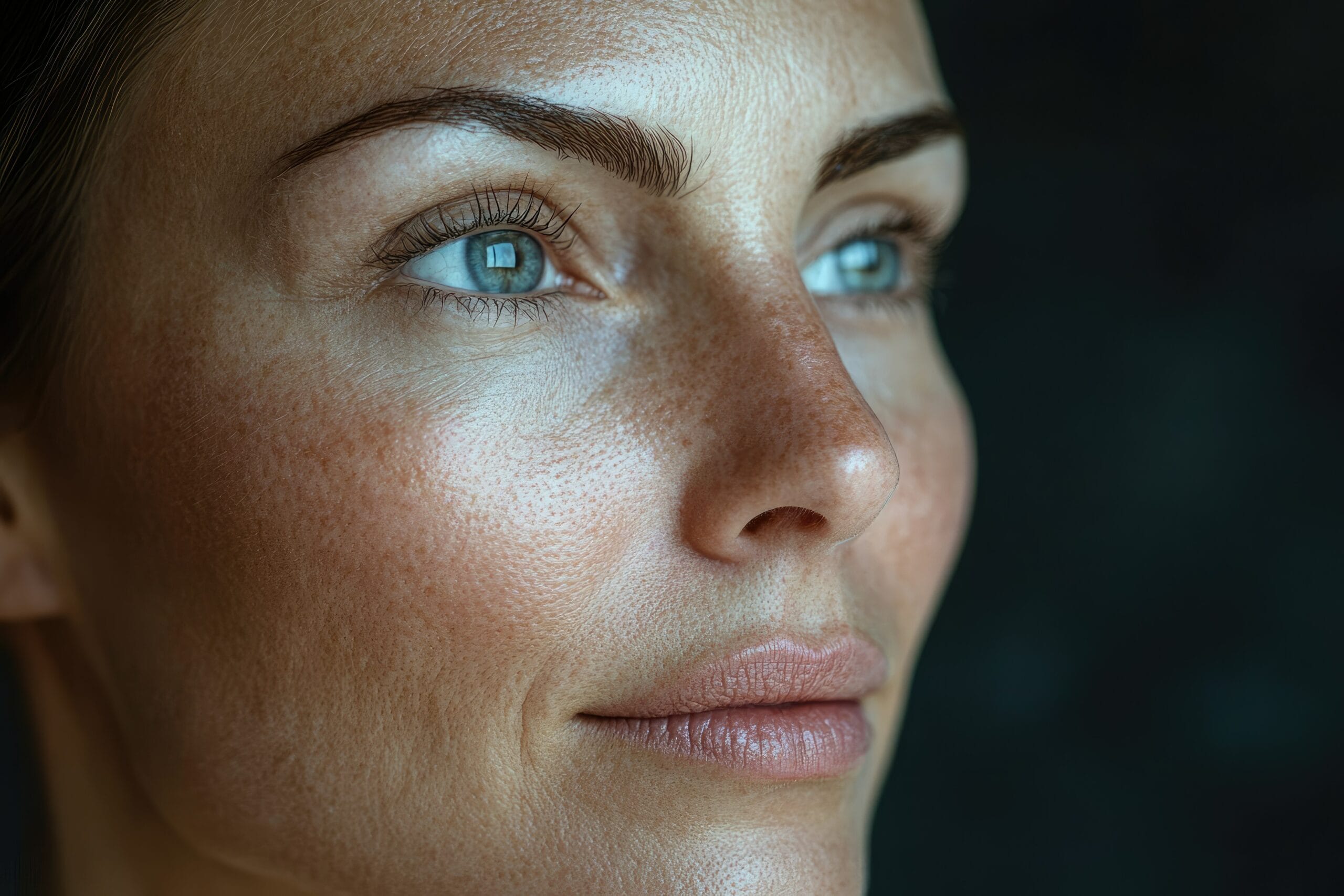In the world of aesthetics, it feels like there’s always a new buzzword popping up—”skin cycling, “baby Botox, “glass skin”—but lately, facial balancing is the phrase on everyone’s lips. So is this just the latest trend in a long line of cosmetic fads, or is it simply a fresh name for something injectors have been doing for years?
With insights from Dr. Melissa Chiang, we’re breaking down what facial balancing means, how it works, and why small, strategic tweaks can create a major impact. Whether you’re new to fillers or wondering if your lips and chin are speaking the same aesthetic language, this is for you.
What Is Facial Balancing?
Facial balancing is the art (and science) of using dermal filler to create harmony across your features. It’s not about plumping one particular area, like the lips or cheeks, but taking a step back and looking at your face as a whole. With this treatment, we focus on proportion, symmetry, and structure. The goal isn’t to change your face, but to enhance your natural features so they work together more cohesively.
Think of it like editing a photo—you wouldn’t just crank up the brightness in one corner. You’d adjust the whole image to make it look its best.
Why Is Everyone Talking About It Now?
Here’s the truth: facial balancing isn’t new, but the conversation around it is shifting. For years, injectables were approached more like spot treatments. Got thin lips? Fill them. Hollow under-eyes? Add volume. Now, patients are seeking overall enhancement, focusing on structure, definition, and subtle symmetry.
Plus, thanks to social media, people are more aware than ever of how their facial proportions affect how they appear on camera and in real life.
Top Questions Patients Are Asking About Facial Balancing
If you’re filler-curious or trying to decide if facial balancing is right for you, here are some of the most common questions patients are asking:
How is facial balancing different from regular filler?
Facial balancing is a desired outcome from filler injections. We start with the shape of the face (oval, heart, long, square) and then analyze it from the frontal view and the profile. We look at how to increase the harmony of the features.
Will it make me look overfilled?
It will actually make you look more like yourself, since we are putting filler in areas that have lost volume during the aging process, or that have always been deficient (such as a weak chin). We are not limited to one specific area.
Is this only for people over 40?
No, facial balancing is a goal for any age. In patients over forty, we are often trying to balance the sagging of the face by restoring lost volume. In younger patients, we may be trying to address flat cheeks, weak chin, thin lips, or hollow eyes.
Is it permanent?
Most facial fillers last anywhere between 9 to 18 months, depending on the type and area. Maintenance is usually recommended annually, though your treatment plan may vary.
Can I undo it if I don’t like it?
If hyaluronic acid-based fillers are used, yes, they can be dissolved. Always ask your provider about reversibility before treatment.
The Takeaway
Facial balancing is more than just a buzzword; it’s a shift in how we approach injectables. It’s not about overfilling or chasing trends. It’s about subtle, strategic enhancements that work together to highlight your natural beauty.
As Dr. Chiang puts it:
“My goal is to help you look like the most refreshed version of the vision that you have for yourself.”
So if you’ve been curious about fillers but don’t want to look overdone, facial balancing might be your perfect entry point.
Ready to explore a more harmonious you?
Schedule a consultation with Dr. Chiang and our aesthetic team to discover how facial balancing can enhance your best features—no filters required.









